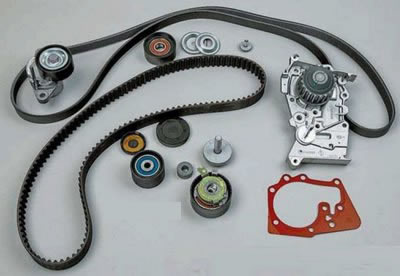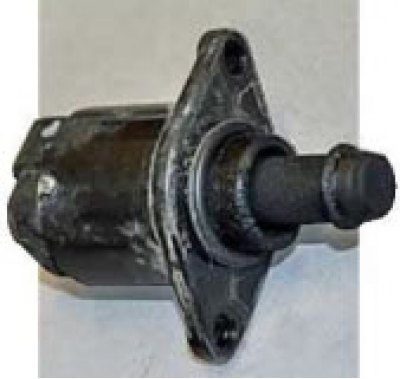I believe that a car living in a metropolis should call in for maintenance more than once every 15,000 km. Moreover, Largus, under my control, began to spend more time in the city. Sometimes we have to break through dead traffic jams when the average speed drops to 15 km / h, and fuel consumption exceeds 13 l / 100 km. Moreover, the runs are short - 10-12 kilometers one way and back. And only three not very long trips indirectly confirmed that the car is in good working order and consumes 6.5 l / 100 km on the highway.
One of the most correct ways to calculate the resource of engine oil, I think is the assessment of the deterioration of its qualities depending on the duration of the engine. I'm going to install an hour meter on the car in order to more accurately track this interesting parameter. According to my estimates, the engine has worked for about 350 hours since the last MOT. And scientific literature recommends changing the oil after 250-300 hours of operation, and in normal, not heavy conditions. Well, I will try to compare theory with practice in the near future - I will report on the results next time.
Among the most costly operations at this TO is the replacement of belts. Discussions of motorists about the service life of timing belts do not subside. Many insist on intervention at 60 thousand kilometers, referring, for example, to Nissan's recommendations for similar K4M engines installed in Almeria. However, the instruction to Largus tells change belt every 120 thousand kilometers. We obediently followed it, and, as it turned out, not in vain - the dismantled belt did not show any signs of fatigue. There is no burning of the outer surface, no undercutting of the teeth. However, a weak point in the timing drive was nevertheless found out - these are rollers (roller defects). The tensioner has so far remained operational, but the bypass makes a sound during rotation, indicating the drying of the lubricant. It is correct that both rollers are included in the original belt kit.

Main culprits «celebrations» - drive belt and timing belt with related elements.
Another topical issue is whether to change it along with the timing belt coolant pump? Inspection of the pump with a close layout of the engine in the engine compartment is difficult, and the beginning of its destruction can be missed. If you do not replace the pump now, it will have to work right up to 240 thousand kilometers. Risky! So I made the decision to change. Naturally, I updated the antifreeze - to maintain good heat exchange between the cooling radiators and the heater. At the same time, he examined the oil seals of the camshafts and crankshafts, the leakage of which can lead to oiling the belt - the same amount passes!
The folk method of installing the belt, when marks are applied to the shafts and guided by them, was rejected. But I also consider the proprietary method - with the fixation of three shafts - too complicated. I settled on fixing the camshafts with a plate cut from a suitable piece of five-millimeter duralumin, and simply marked the position of the crankshaft. I recommend this method to anyone who is going to change the belt on their own.
Updating spark plugs once again confirmed that an eye and an eye is needed for the cleanliness of wells. Before turning out old candles, clean the wells with a vacuum cleaner with a narrow tube. After removing the candles, vacuum the seats again and, after applying a little dry graphite to the threads, wrap the new candles to the proper torque.

The idle speed regulator is overgrown with a thick layer of soot.
The idle speed regulator of the car served about 100 thousand kilometers without any complaints. And then he began to malfunction: he did not always accurately dose the air supply at idle, which led to floating speed. I had to remove it and rinse thoroughly with carburetor cleaning fluid - the defect was gone. But, as if offended by the interference, the Check Engine lamp flashed. This did not affect the operation of the engine in any way, so I extinguished the tantalizing symbol using a primitive ELM 327 scanner. The lamp did not light up again. By the way, I strongly advise all motorists who are engaged in repairs to master this inexpensive and uncomplicated device.
Inspection of the chassis, braking system and steering only confirmed the legendary reliability of cars built on the B0 platform. Only the front pads were asked to be replaced. Brake discs, of course, are a little thin, but they will survive until the next castling of the pads.
Peeling of paint along with anti-gravel coating. But the threshold does not rust!
Few people remember this, but at each MOT it is necessary to inspect the body for damage to the paintwork. Except for small and non-flowering stone chips, everything is fine. But surprising is the detachment of a large piece of paint along with a regular anti-gravel coating in the rear of the right sill. And this is the place that neither the jack nor the paw of the lift touched. Perhaps to blame «sandblasting» from the front wheel. And it doesn't exist on the other side.
